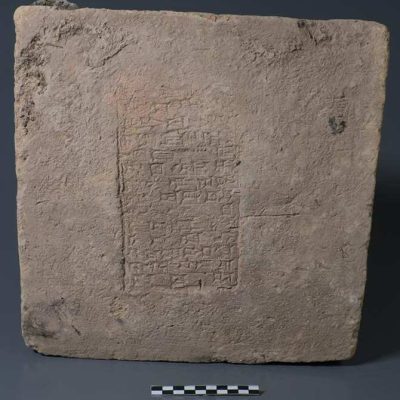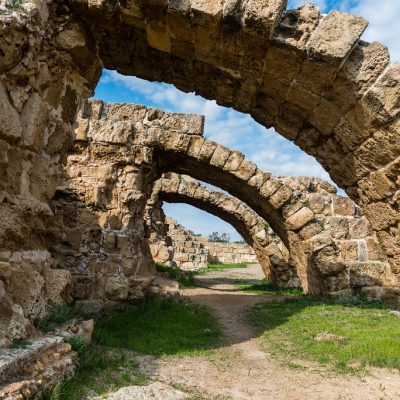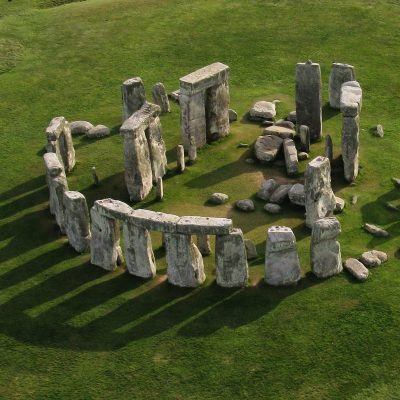In a former Viking settlement near Stockholm, archaeologists have discovered a silver treasure that is around 1,000 years old. The coins bear witness to the far-reaching trading network of the Vikings, which extended to the Middle East. The Vikings dominated Northern Europe as warriors and conquerors with their ships around a thousand years ago. At the same time, they built an extensive trading network that extended to the Middle East. This was evidenced by jewelry and burial objects that were imported over several thousand kilometers. Scientists from The Archaeologists at the National Historical Museum of Sweden have now discovered a special silver treasure during excavations in the former Viking settlement of Träby. The wooden floor was discovered under a wooden floor of one of these buildings. According to the archaeologists, it was hidden there about 1,000 years ago. The ceramic droplet contained eight silver neck rings, several silver bracelets, a ring, two pearls, and twelve silver coins. Lingström said that this is a unique find.
The archaeologists were surprised by the artfully braided neck rings made of solid silver, which are almost perfectly preserved despite their age. In addition, the team discovered amulet rings, arrows, and other objects near the silver treasure. The discovered coins have been converted into pendants by the Vikings. Further analysis of the coins shows that they came from Central Europe, England, and even the Middle East. The Arabic dirham confirms that there were already trade routes between Scandinavia and the Mediterranean and the Middle East during the Viking Age.
The silver coin discovered in the Viking treasure is particularly rare, as it was minted in the city of Rouen in Normandy about a thousand years ago. Before the discovery, this coin was only known from a drawing from the 18th century. The reason why the Vikings buried the jewelry under the wooden floor is not clear. According to the archaeologists, the hiding place probably served as protection against theft. As the archaeologist John Hamilton said, this was done in times of need, internal conflicts, or impending wars. “According to the common interpretation, people hid and buried their treasures especially in difficult and turbulent times. But we still have to find out exactly what was the case here.”










